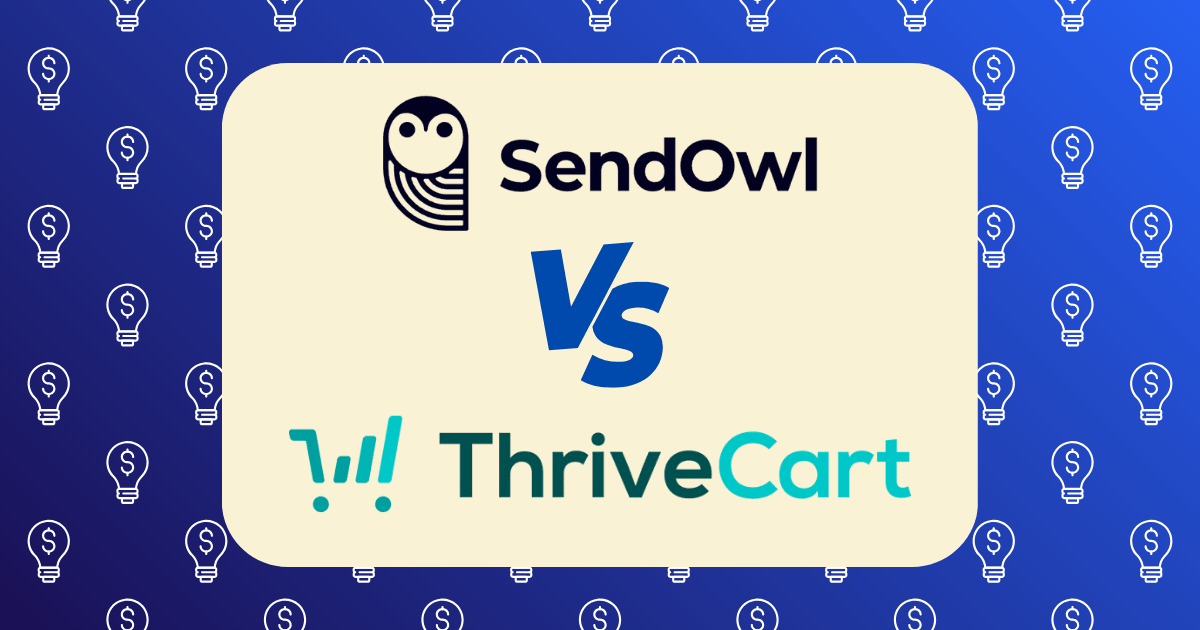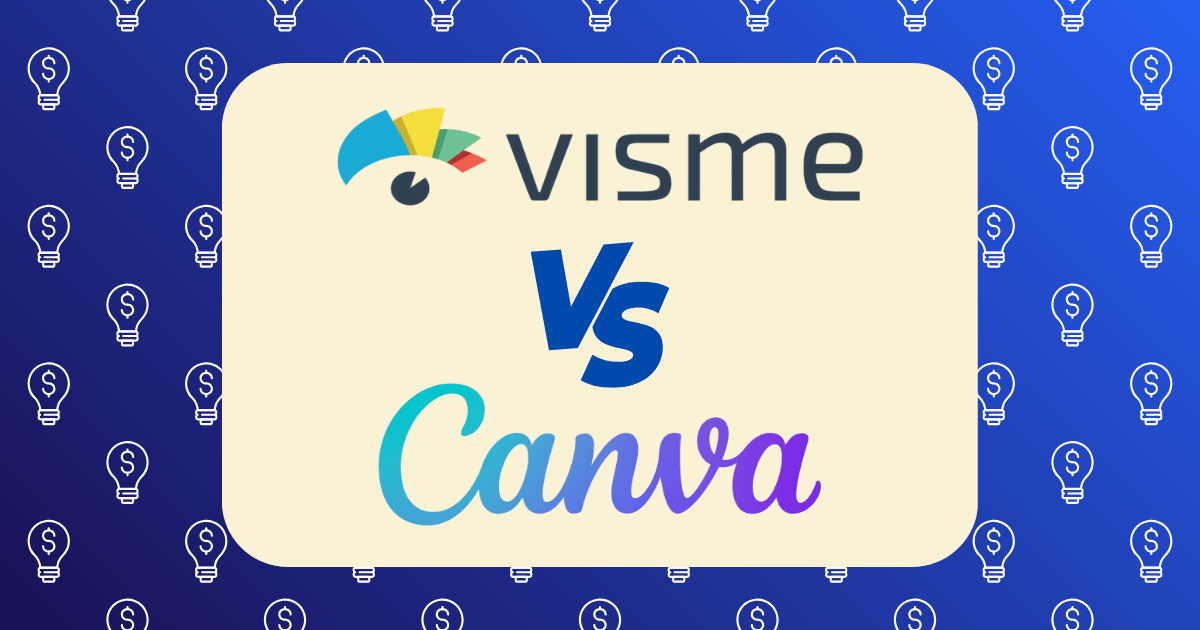Membership Site Models That Work: Comparing One-Time vs. Recurring Revenue Structures

In the rapidly evolving digital economy, membership sites have emerged as powerful vehicles for sustainable online businesses. The subscription e-commerce market is projected to grow from $199.41 billion in 2023 to a staggering $2227.63 billion by 2028, with a growth rate exceeding 65.8%, according to MemberPress. This explosive growth presents a significant opportunity for entrepreneurs and content creators.
However, one critical decision stands between you and a successful membership business: choosing between one-time payment models and recurring revenue structures. This decision isn’t merely a pricing strategy—it fundamentally shapes your business model, customer relationships, and long-term financial stability.
In this comprehensive analysis, I’ll examine both approaches through the lens of psychological principles, financial metrics, and real-world case studies to help you determine which model aligns best with your specific goals and circumstances.
The Psychological Foundations of Membership Models
Before diving into specific structures, it’s essential to understand the psychological principles that drive consumer behavior in membership businesses.
The Psychology of Recurring Payments
Recurring payment models leverage several key psychological principles:
- Loss Aversion: Once members are accustomed to accessing your content or community, the fear of losing that access creates a powerful retention mechanism. Research shows that people experience the pain of losing something approximately twice as intensely as the pleasure of gaining it.
- Commitment and Consistency: When members make recurring payments, they’re more likely to engage with the content to justify their ongoing investment. This cognitive bias, where people align their actions with previous commitments, increases engagement and reduces churn.
- Perceived Ownership: Monthly subscribers develop a sense of ownership over their membership, creating what psychologists call the “endowment effect”—where people value something more once they feel it belongs to them.
The Psychology of One-Time Payments
One-time payment models activate different psychological triggers:
- Pain of Payment: A single payment, while potentially larger, is experienced only once. This eliminates what behavioral economists call the “pain of payment” that occurs with each recurring charge.
- Decision Fatigue Reduction: One-time payments eliminate the need for members to continually evaluate whether the membership is worth maintaining, reducing decision fatigue.
- Commitment Signaling: Larger upfront payments can signal stronger initial commitment, potentially leading to higher engagement from the start.
Understanding these psychological mechanisms is crucial for designing a membership model that aligns with your audience’s preferences and behaviors.
Recurring Revenue Models: Structure and Performance
Recurring revenue models have become increasingly dominant in the membership space, with 70% of businesses seeing membership models as the key to future growth, according to EzyCourse.
Common Recurring Revenue Structures
- Monthly Subscription: Members pay a fixed amount each month for continued access.
- Example: Peak Freelance charges $49/month for access to their community and resources.
- Pros: Lower barrier to entry, flexibility for members
- Cons: Higher churn rates, revenue volatility
- Annual Subscription: Members pay once per year, typically at a discount compared to monthly rates.
- Example: Many membership sites offer annual plans at a 10-20% discount compared to monthly payments.
- Pros: Improved cash flow, reduced payment processing, lower churn
- Cons: Higher initial barrier to entry, potential for annual churn waves
- Tiered Membership: Multiple subscription levels with different pricing and benefits.
- Example: Kanda Yoga School offers basic, premium, and VIP tiers with increasing access and personalization.
- Pros: Appeals to different customer segments, creates upgrade paths
- Cons: More complex to manage, potential for cannibalization between tiers
Key Performance Metrics for Recurring Models
According to Younium, these are the critical metrics for evaluating recurring revenue models:
- Monthly Recurring Revenue (MRR): The predictable revenue generated each month from all subscriptions.
- Calculation: Number of subscribers × Average monthly subscription rate
- Benchmark: Consistent growth month-over-month indicates a healthy membership business
- Churn Rate: The percentage of members who cancel their subscriptions in a given period.
- Calculation: (Number of cancellations ÷ Total subscribers at start of period) × 100
- Benchmark: 5-7% monthly churn is considered manageable; anything higher requires immediate attention
- Customer Lifetime Value (CLV): The total revenue generated from a typical member throughout their subscription.
- Calculation: Average monthly revenue per member ÷ Monthly churn rate
- Benchmark: Higher CLV relative to Customer Acquisition Cost indicates a sustainable business model
- Average Revenue Per Account (ARPA): The average revenue generated per subscriber.
- Calculation: Total MRR ÷ Number of subscribers
- Benchmark: Increasing ARPA over time indicates successful upselling or pricing optimization
Case Study: Bushra Azhar’s “Persuasion Hacks Lab”
According to Learning Revolution, Bushra Azhar’s “Persuasion Hacks Lab” started at just $39 per month but grew to over a thousand members. This case demonstrates how a focused recurring revenue model can scale effectively:
- Clear Value Proposition: Focused specifically on persuasion techniques for marketers and entrepreneurs
- Accessible Price Point: Low monthly fee reduced barrier to entry
- Community Element: Strong peer interaction increased retention
- Consistent Content Delivery: Regular new resources maintained perceived value
The result was a membership site generating over $39,000 in monthly recurring revenue ($468,000 annually) with relatively low operating costs.
One-Time Payment Models: Structure and Performance
While recurring models dominate discussions about membership sites, one-time payment structures offer distinct advantages in certain contexts.
Common One-Time Payment Structures
- Lifetime Access: A single payment for permanent access to content or community.
- Example: Some course creators offer lifetime access to their course library for a premium one-time fee.
- Pros: Simplicity, no recurring billing management, immediate revenue
- Cons: Limited long-term revenue, potential for resource strain if support is ongoing
- Fixed-Term Access: One payment for access during a specific period (e.g., 12 months).
- Example: Year-long mastermind programs with a single upfront payment.
- Pros: Defined commitment period, predictable support requirements
- Cons: Requires re-selling at the end of the term
- Content Package: One-time payment for a specific collection of content.
- Example: Bundle of resources, templates, or courses sold as a package.
- Pros: Clear value proposition, no ongoing content creation pressure
- Cons: Limited community development, one-time revenue
Key Performance Metrics for One-Time Models
- Average Order Value (AOV): The average amount spent by customers in a single transaction.
- Calculation: Total revenue ÷ Number of transactions
- Benchmark: Higher is generally better, though price sensitivity varies by market
- Conversion Rate: The percentage of prospects who make a purchase.
- Calculation: (Number of purchases ÷ Number of prospects) × 100
- Benchmark: Typically lower than recurring models due to higher price points
- Customer Acquisition Cost (CAC): The cost to acquire each customer.
- Calculation: Total marketing and sales costs ÷ Number of new customers
- Benchmark: Should be significantly lower than AOV for profitability
- Repeat Purchase Rate: The percentage of customers who make additional purchases.
- Calculation: (Number of repeat customers ÷ Total customers) × 100
- Benchmark: Critical for sustainability in one-time payment models
Case Study: High-Ticket Course Launch
According to Mighty Networks, a podcaster sold 5,000 seats to a $977 course in just 10 days. This one-time payment model generated approximately $4.9 million in revenue. Key factors in this success included:
- Established Audience: Strong existing podcast audience provided qualified prospects
- Premium Positioning: High-value content justified the significant one-time investment
- Limited Availability: Creating scarcity through a defined launch window
- Clear Transformation: Promising specific, valuable outcomes rather than just content access
This case illustrates how one-time payment models can generate substantial revenue quickly when properly positioned and marketed.
Hybrid Models: Combining the Best of Both Approaches
Many successful membership businesses use hybrid models that combine elements of both recurring and one-time payment structures.
Common Hybrid Approaches
- Core Subscription + Premium Add-Ons: A base recurring membership with optional one-time purchases for premium content.
- Example: A monthly membership that includes community access and basic content, with premium courses available for separate purchase.
- Initial Purchase + Maintenance Fee: One-time payment for core content with a smaller recurring fee for updates and support.
- Example: Course platforms that charge for initial access but require a smaller ongoing fee for continued support and updates.
- Freemium + Premium Tiers: Free access to basic features with paid upgrades for premium content or features.
- Example: Community platforms that allow free participation but charge for advanced features or exclusive content.
Case Study: Nerd Fitness Prime
As highlighted by Learning Revolution, Nerd Fitness Prime offers a hybrid model that includes:
- Core Subscription: Monthly or annual recurring payment for access to the community and basic resources
- Premium Courses: One-time purchases for specialized fitness programs
- Coaching Services: Higher-tier recurring payments for personalized coaching
This approach allows members to choose their level of investment based on their needs and budget, maximizing both accessibility and revenue potential.
Comparative Analysis: Which Model Is Right for Your Business?
To determine the optimal model for your membership site, consider these key factors:
1. Content Type and Delivery
Recurring Revenue Favored When:
- Content is regularly updated or expanded
- Value comes from ongoing community interaction
- Members benefit from accountability and continuity
One-Time Payment Favored When:
- Content is comprehensive and relatively static
- Value is primarily in the information itself rather than community
- The transformation or outcome has a defined endpoint
2. Business Goals and Financial Needs
Recurring Revenue Favored When:
- Predictable, stable income is a priority
- Long-term customer relationships are valued
- Business model supports ongoing content creation
One-Time Payment Favored When:
- Immediate cash flow is needed
- Business has seasonal or project-based expenses
- Content creation happens in concentrated bursts rather than continuously
3. Audience Preferences and Behavior
Recurring Revenue Favored When:
- Audience prefers smaller, regular payments
- Members value ongoing access and updates
- Community is a significant value driver
One-Time Payment Favored When:
- Audience has budget for larger upfront investments
- Members prefer ownership without ongoing commitment
- Value proposition is clear and complete at purchase
4. Operational Considerations
Recurring Revenue Favored When:
- Business has systems for managing subscriptions
- Content creation can be sustained consistently
- Customer support can handle ongoing relationships
One-Time Payment Favored When:
- Simpler billing and access management is preferred
- Business has limited capacity for ongoing content creation
- Customer support resources are constrained
Financial Modeling: Comparing Long-Term Outcomes
To illustrate the financial implications of these models, let’s compare two scenarios for a membership site targeting 500 members:
Scenario 1: Recurring Revenue Model
- Monthly subscription: $49/month
- Annual subscription: $470/year (20% discount)
- Assumed split: 70% monthly, 30% annual
- Average monthly churn: 7% for monthly subscribers, 3% for annual subscribers
Year 1 Revenue Calculation:
- Monthly subscribers: 350 × $49 × 12 months with 7% monthly churn = $173,502
- Annual subscribers: 150 × $470 = $70,500
- Total Year 1 Revenue: $244,002
Scenario 2: One-Time Payment Model
- One-time payment: $997 for lifetime access
- Conversion rate: 3% (compared to 5% for recurring model due to higher price point)
- New prospects needed: 16,667 to reach 500 members
Year 1 Revenue Calculation:
- 500 members × $997 = $498,500
- Total Year 1 Revenue: $498,500
5-Year Comparison
While the one-time model generates more revenue in Year 1, the recurring model typically surpasses it over time:
Recurring Model (5-Year Projection):
- Year 1: $244,002
- Year 2: $317,203 (accounting for growth and churn)
- Year 3: $412,364
- Year 4: $536,073
- Year 5: $697,895
- 5-Year Total: $2,207,537
One-Time Model (5-Year Projection):
- Year 1: $498,500
- Year 2: $249,250 (assuming 50% of Year 1 sales)
- Year 3: $174,475 (assuming 70% of Year 2 sales)
- Year 4: $122,133 (assuming 70% of Year 3 sales)
- Year 5: $85,493 (assuming 70% of Year 4 sales)
- 5-Year Total: $1,129,851
This simplified model illustrates how recurring revenue typically creates greater long-term value, despite lower initial revenue. However, the one-time model provides stronger immediate cash flow, which may be advantageous for certain business situations.
Implementation Strategies for Each Model
Regardless of which model you choose, implementation is critical for success.
For Recurring Revenue Models
- Focus on Retention: Invest heavily in member experience and engagement to reduce churn.
- Regular communication
- Consistent value delivery
- Community facilitation
- Optimize Pricing Structure: Test different price points and billing frequencies.
- Consider offering annual plans at a discount
- Experiment with different tier structures
- Analyze price sensitivity through controlled tests
- Build Scalable Content Systems: Develop sustainable content creation processes.
- Content calendar for consistent delivery
- Repurposing strategies to maximize efficiency
- Member-generated content opportunities
- Implement Robust Analytics: Track key metrics to identify optimization opportunities.
- Churn analysis by cohort and acquisition source
- Engagement correlation with retention
- Upgrade and downgrade patterns
For One-Time Payment Models
- Create Comprehensive Value: Ensure your one-time offering provides complete, standalone value.
- Thorough, well-structured content
- Supplementary resources and tools
- Clear implementation path
- Develop Effective Launches: Create systems for regular, successful launches.
- Launch calendar and promotional strategy
- Testimonial and case study collection
- Scarcity and urgency elements
- Build Upsell Pathways: Create additional offerings for existing customers.
- Complementary products or services
- Implementation support or coaching
- Advanced or specialized content
- Optimize Acquisition Funnels: Focus on efficient customer acquisition.
- High-converting sales pages
- Effective lead magnets and nurture sequences
- Strategic partnerships and affiliate relationships
Conclusion: Making the Strategic Choice
The choice between recurring revenue and one-time payment models isn’t simply about pricing—it’s a fundamental strategic decision that shapes your entire business. Both models can be highly successful when aligned with your specific content, audience, goals, and operational capabilities.
For most membership businesses, recurring revenue models offer greater long-term stability and value, as evidenced by the 63% of established membership businesses that report increased income over the past year, according to EzyCourse. However, one-time payment models provide advantages in terms of immediate revenue, simplicity, and certain customer preferences.
The most successful membership entrepreneurs often start with one model and evolve over time, potentially incorporating hybrid approaches as their business matures. The key is making an intentional choice based on data, strategic goals, and a deep understanding of your unique value proposition.
Remember that the model itself is just one component of success. Regardless of structure, membership businesses thrive when they deliver exceptional value, foster community, and continuously adapt to member needs and market changes.
Have you implemented a membership model in your business? Which structure has worked best for you? Share your experiences in the comments below.







